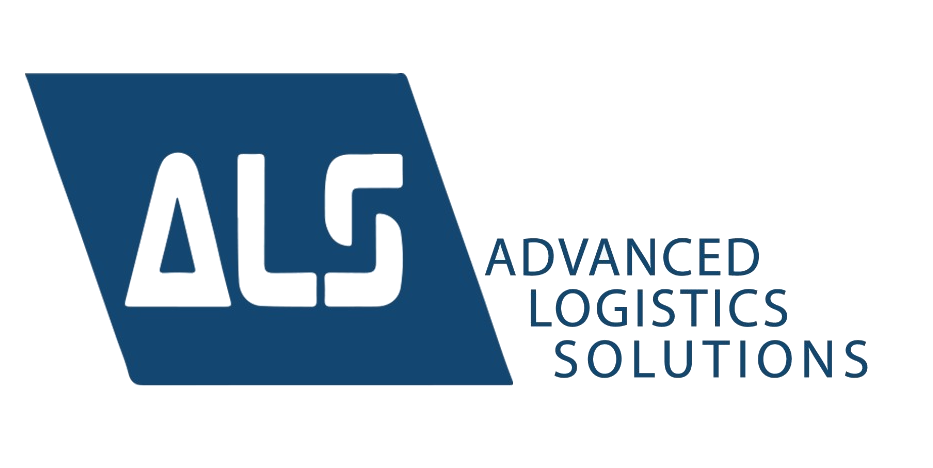
“A Delivery Order is a release document issued by the carrier releasing the cargo to the consignee mentioned in the bill of lading”
It is issued by the carrier in exchange for
- One or all duly endorsed Original Bill(s) of Lading or a duly authorised Bank Guarantee (in the absence of an original bill of lading)
- A Telex Release confirmation from the loading port or principal confirming surrender of one or all Original bills of lading issued for the shipment
- A copy of a Seawaybill issued
Only with this delivery order the consignee can clear his cargo with customs and take delivery of the cargo from the port or terminal or depot or wherever it is stored..
UCP 600/ISBP considers a Delivery Order only as a document that is used in relation to the transportation of goods and not as a contract of carriage or as a transportation document as defined in UCP 600 articles 19-25..
Be that as it may, since a delivery order is issued in exchange for a Bill of Lading which is a legal document and is issued to the legal receiver of the cargo, in that sense a delivery order and the release maybe considered as “legally binding”..
A Delivery Order can be considered as the FINAL step in the import cargo release process..
Therefore, it is imperative that the Delivery Order is issued to the right entity and in the below table you can see the endorsements that are required on a bill of lading before release of the delivery order (depending on how the bill of lading is consigned)..
| Bill of Lading consigned to | Endorsements Required on the bill of lading |
| A Company | When consigned to a named consignee, the bill of lading is known as a Straight Bill of Lading, and in the case of a Straight Bill of lading, the release maybe given only to the named consignee and this bill of lading is not negotiable or transferable.. |
| Individual’s Name | When consigned to a named consignee, the bill of lading is known as a Straight Bill of Lading, and in the case of a Straight Bill of lading, the release maybe given only to the named consignee and this bill of lading is not negotiable or transferable..Since the consignee is a private individual, release may be effected only after verification of Original ID of the person presenting the OBsL for release.. |
| To Order or To Order of ZYX | Shipper’s endorsement stating DELIVER TO THE ORDER OF “ZYX Client” and ZYX’s company stamp and sign in case he is taking the final delivery or his endorsement stating, DELIVER TO THE ORDER OF “ABC Client” (if the cargo has been further sold)…. |
| To Order of Bank | Shipper’s endorsement stating DELIVER TO THE ORDER OF “XYZ BANK” and banks’ endorsement stating, DELIVER TO THE ORDER OF “ZYX Client” and ZYX’s company stamp and sign in case he is taking the final delivery or his endorsement stating, DELIVER TO THE ORDER OF “ABC Client” (if the cargo has been further sold).. |
A point to be noted here is that these days due to the advanced technologies there may not be an actual physical Delivery Order issued to the client particularly in the container business..
A lot of the ports/terminals are on-line with the shipping lines these days and the delivery order maybe in the form of an update in the port or customs system or in the form of an EDI message..
In such cases, the release in the system maybe considered as a Delivery Order but still the process of release MUST BE FOLLOWED..
